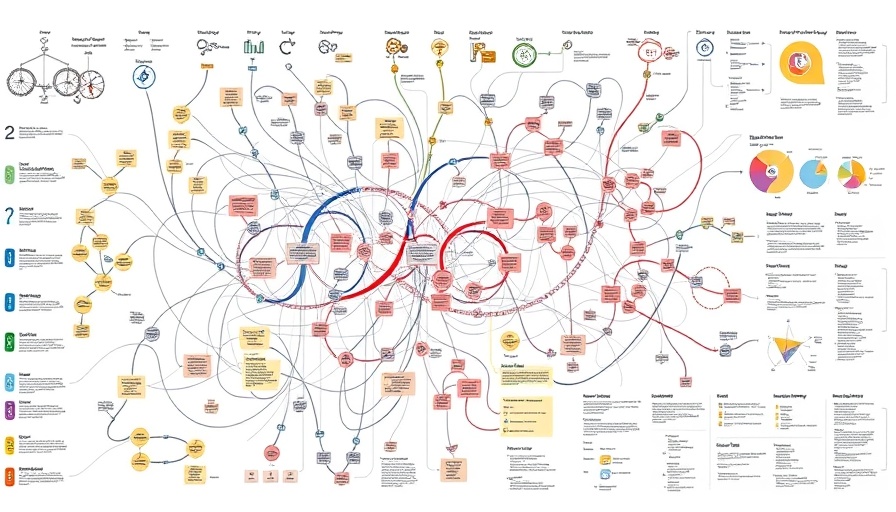
Unlocking Yeast's Hidden Potential
In recent years, scientists have started examining the genetic makeup and metabolic pathways of yeast to tap into their rich diversity for industrial biotechnology. This approach has been called metabolic modeling, and it is paving the way for new innovations in sustainable practices and healthy living.
Diversity in Action: Why It Matters
Yeast, a simple organism that we've utilized for centuries in baking and brewing, harbors incredible genetic variability. By using metabolic modeling, researchers can manipulate these tiny powerhouses to produce biofuels, organic acids, and other valuable chemicals. The potential impact of such advancements could lead to more sustainable and environmentally friendly production processes, making our daily products greener and healthier.
A Peek Into the Future of Biotechnology
The future of this research looks promising. With the ability to harness the unique features of diverse yeast species, scientists may soon be able to develop more efficient methods of producing numerous substances we commonly use. For example, bioplastics made from yeast could replace traditional plastics, reducing pollution and resource depletion.
Real-Life Applications: Impact on Daily Life
Imagine walking into a store and seeing products labeled with honest, eco-friendly certifications backed by sustainable practices. As yeast biotechnologies develop, consumers could benefit from greener options—from biodegradable packaging to food components free from harmful additives. This resonates with a growing global movement towards sustainable living and healthier lifestyles.
Conclusion: Your Role in This Transformation
As this research evolves, it serves as a reminder of the connection we all share with nature. By understanding and supporting sustainable scientific practices, we can contribute to a healthier planet and better life. So as we look towards the future, consider how you can incorporate sustainable choices into your daily routine!
 Add Row
Add Row  Add
Add 




Write A Comment